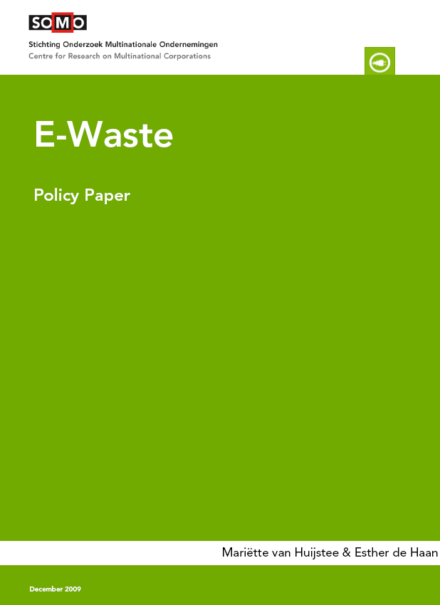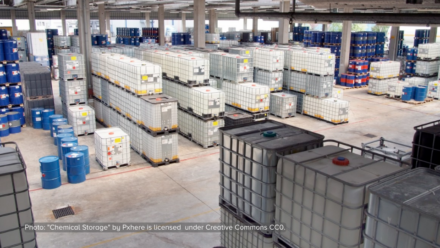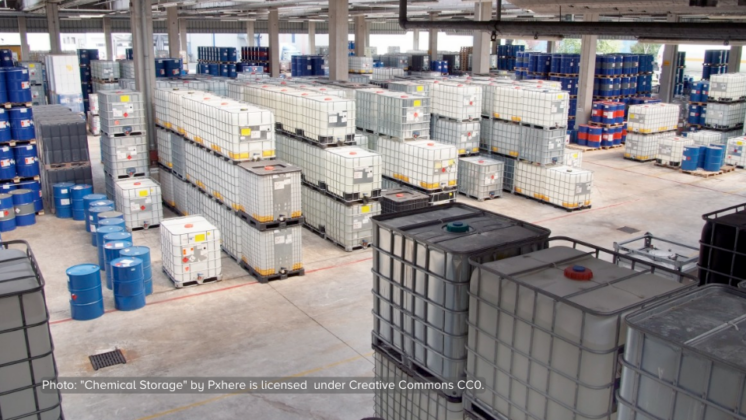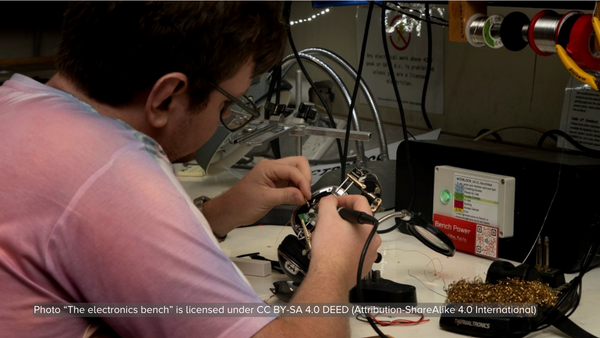The Greener Electronics Guide published by GreenPeace has been relaunched, with this edition focusing on electronic device brands (smartphones, tablets, and personal computers) in East Asia, North America, and Europe.
The guide scores 17 of the world’s leading electronics companies based on their sustainability in 3 critical areas; reduction of emissions through renewable energy, use of recycled materials, and elimination of hazardous chemicals. Within each impact area, companies are graded on transparency, commitment, performance and advocacy efforts.
Gary Cook, Senior IT Campaigner at Greenpeace USA, highlights that:
“Tech companies claim to be at the forefront of innovation, but their supply chains are stuck in the Industrial Age. We know they can change. Rather than fuelling climate change, these companies need to show the way forward, just as some companies like Google and Apple have with data centres run on renewables,”
Greenpeace is pushing the IT sector to take responsibility for its footprint on the planet and limit impacts by incorporating sustainability into activities. The aim of this is to get companies to change their behaviour by:
- shifting their supply chains to renewable power;
- reducing the cycle of constant consumption of more minerals and other resources by designing long lasting products that use more recycled materials, and;
- detox their products and their supply chain by finding alternatives to hazardous chemicals.
Key findings of the Greener Electronics Guide include:
- Supply chains driving demand for dirty energy: Up to 80% of carbon emissions over a device’s lifetime occurs during manufacturing. While Apple, Google, and other internet companies are making progress transitioning their data centers to renewable energy, nearly all of the companies have yet to address the rapidly growing carbon footprint and dependence on dirty energy in their supply chains. In particular Samsung, as the largest manufacturer of smartphones, is lagging on renewable energy – with only 1% coming from renewables.
- Planned obsolescence as a design feature: Apple, Microsoft, and Samsung are among the companies moving in the wrong direction on sustainable product design – many of their latest products are difficult to repair or upgrade. HP, Dell, and Fairphone are the notable exceptions to this trend, producing a growing number of products that are repairable and upgradable.
- Lack of transparency in supply chain: Most companies, including Amazon, Google, Huawei and the other Chinese brands Oppo, Vivo and Xiaomi, lack transparency on their suppliers, keeping the environmental footprint of their supply chain hidden from view. Amazon remains one of the worst on transparency.
- Lack of transparency and monitoring of workplace chemicals: To protect worker health and safety, all companies need to identify and eliminate hazardous chemicals used in the production of their products, and improve worker health and safety due diligence. Apple, Dell, Google, HP and Microsoft are the only companies in the Guide that publish their list of substances that must be restricted in the manufacturing of their devices (MRSL).
Read the Greenpeace press release here.
Download the full Greener Electronics Guide report here.








